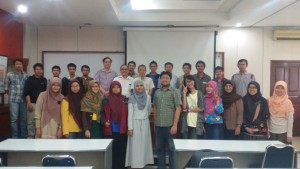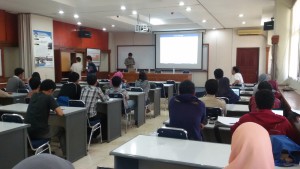In this talk, we will discuss various models of radiative neutrino mass generation. In one model, in which neutrino masses are generated through leptoquark exchange, it is shown that all of neutrino oscillation data can be explained consistently. The lightest neutrino is predicted to be massless with the hierarchy of neutrino mass being normal. The oscillation parameters are linked to leptoquark branching ratios. Neutrinoless double beta decay might be observed through vector-scalar exchange. New contribution to CP violation in B0s system arises from leptoquark box diagrams, whic h can explain the apparent anomaly observed in experiments.
h can explain the apparent anomaly observed in experiments.In another model of two–loop neutrino mass involving a charge 2/3 vectorlike particle and a doublet of leptoquark scalar, predictions include one of the neutrinos to be massless and admits both the normal and inverted neutrino mass hierarchies with correlated predictions for ℓi → ℓ j + γ branching ratios. New contributions to CP violation in B0s − B0s mixing arise in the model through leptoquark box diagrams and through mixing of quarks with vectorlike quark. These can explain the anomalous dimuon events reported by the D0 Collaboration. These leptoquarks, with masses below 500 GeV, also provide a natural resolution to the apparent discrepancy in the measured values of the CP violation parameters sin2β and εK.We also analyze the renormalization group structure of a radiative neutrino mass model consisting of a singly charged and a doubly charged scalar fields. Small Majorana neutrino masses are generated by the exchange of these scalars via two–loop diagrams. We derive boundedness conditions for the Higgs potential and show how they can be satisfied to energies up to the Planck scale. Combining boundedness and perturbativity constraints with neutrino oscillation phenomenology, new limits on the masses and couplings of the charged scalars are derived. These in turn lead to lower limits on the branching ratios for certain lepton flavor violating (LFV) processes such as µ → eγ, µ → 3e, and µ-e conversion in nuclei. Improved LFV measurements could test the model, especially in the case of inverted neutrino mass hierarchy where these are more prominent.
 Secara mendasar, pembahasan dari seminar mencakup mengenai topik pembasahan seputar fenomena dari Neutrino. Seminar tersebut dipaparannya secara singkat mengenai hasil penelitian yang beliau kerjakan. Seminar dihadiri oleh para staf pengajar dan mahasiswa S1, S2 dan S3. Berikut ini merupakan abstraksi dari isi seminar yang telah berlangsung:
Secara mendasar, pembahasan dari seminar mencakup mengenai topik pembasahan seputar fenomena dari Neutrino. Seminar tersebut dipaparannya secara singkat mengenai hasil penelitian yang beliau kerjakan. Seminar dihadiri oleh para staf pengajar dan mahasiswa S1, S2 dan S3. Berikut ini merupakan abstraksi dari isi seminar yang telah berlangsung:





